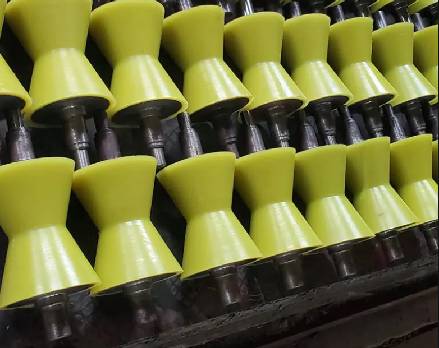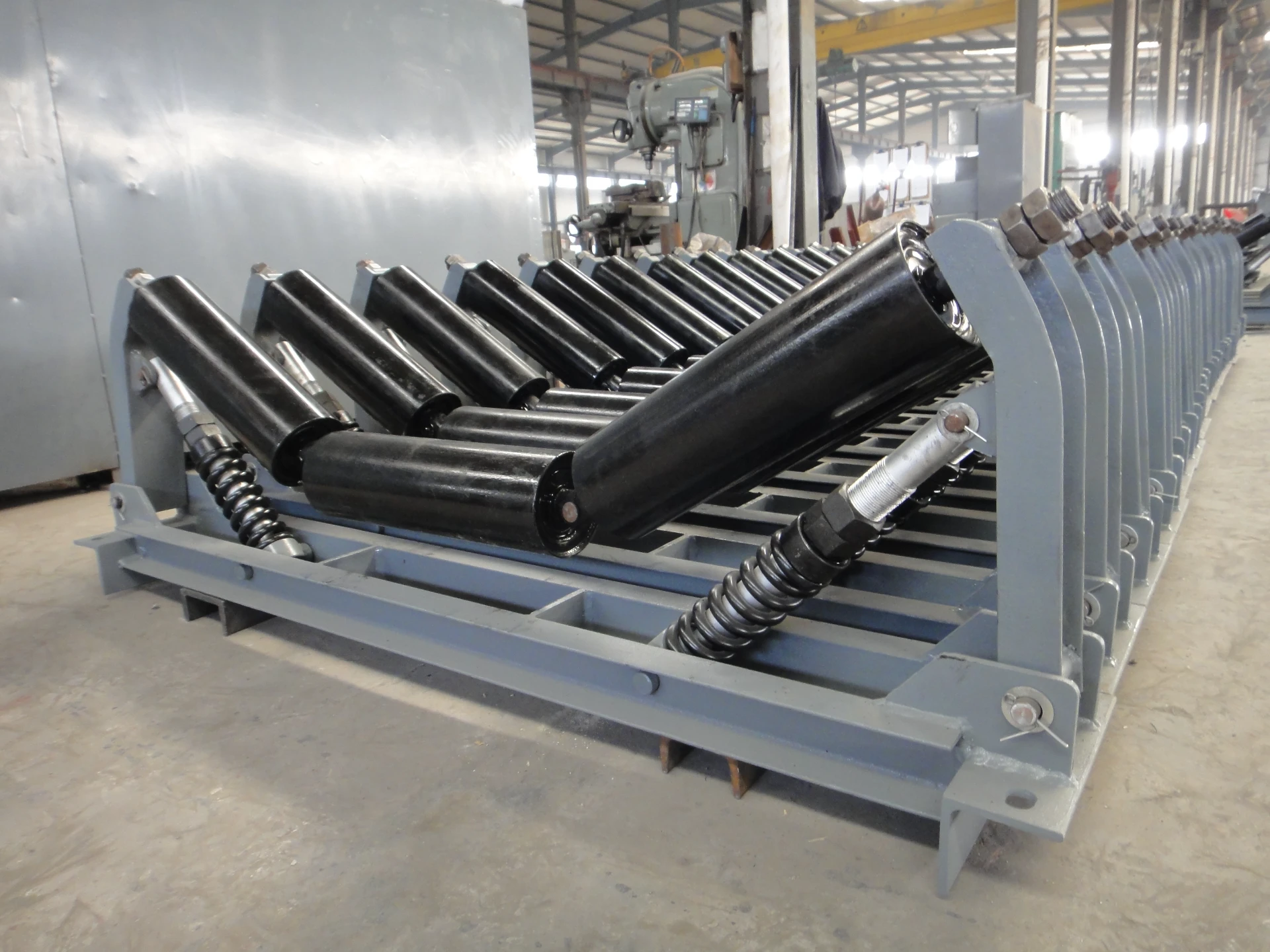 Afrikaans
Afrikaans  Albanian
Albanian  Amharic
Amharic  Arabic
Arabic  Armenian
Armenian  Azerbaijani
Azerbaijani  Basque
Basque  Belarusian
Belarusian  Bengali
Bengali  Bosnian
Bosnian  Bulgarian
Bulgarian  Catalan
Catalan  Cebuano
Cebuano  Corsican
Corsican  Croatian
Croatian  Czech
Czech  Danish
Danish  Dutch
Dutch  English
English  Esperanto
Esperanto  Estonian
Estonian  Finnish
Finnish  French
French  Frisian
Frisian  Galician
Galician  Georgian
Georgian  German
German  Greek
Greek  Gujarati
Gujarati  Haitian Creole
Haitian Creole  hausa
hausa  hawaiian
hawaiian  Hebrew
Hebrew  Hindi
Hindi  Miao
Miao  Hungarian
Hungarian  Icelandic
Icelandic  igbo
igbo  Indonesian
Indonesian  irish
irish  Italian
Italian  Japanese
Japanese  Javanese
Javanese  Kannada
Kannada  kazakh
kazakh  Khmer
Khmer  Rwandese
Rwandese  Korean
Korean  Kurdish
Kurdish  Kyrgyz
Kyrgyz  Lao
Lao  Latin
Latin  Latvian
Latvian  Lithuanian
Lithuanian  Luxembourgish
Luxembourgish  Macedonian
Macedonian  Malgashi
Malgashi  Malay
Malay  Malayalam
Malayalam  Maltese
Maltese  Maori
Maori  Marathi
Marathi  Mongolian
Mongolian  Myanmar
Myanmar  Nepali
Nepali  Norwegian
Norwegian  Norwegian
Norwegian  Occitan
Occitan  Pashto
Pashto  Persian
Persian  Polish
Polish  Portuguese
Portuguese  Punjabi
Punjabi  Romanian
Romanian  Russian
Russian  Samoan
Samoan  Scottish Gaelic
Scottish Gaelic  Serbian
Serbian  Sesotho
Sesotho  Shona
Shona  Sindhi
Sindhi  Sinhala
Sinhala  Slovak
Slovak  Slovenian
Slovenian  Somali
Somali  Spanish
Spanish  Sundanese
Sundanese  Swahili
Swahili  Swedish
Swedish  Tagalog
Tagalog  Tajik
Tajik  Tamil
Tamil  Tatar
Tatar  Telugu
Telugu  Thai
Thai  Turkish
Turkish  Turkmen
Turkmen  Ukrainian
Ukrainian  Urdu
Urdu  Uighur
Uighur  Uzbek
Uzbek  Vietnamese
Vietnamese  Welsh
Welsh  Bantu
Bantu  Yiddish
Yiddish  Yoruba
Yoruba  Zulu
Zulu Feb . 15, 2025 15:59
Back to list
Slagging Pulley(Heavy Duty)
Selecting the right conveyor pulley lagging material is crucial for the efficiency and longevity of conveyor systems across various industries. Understanding the nuances of different lagging materials can greatly enhance operational productivity and reduce maintenance costs, thereby maximizing return on investment.
Incorporating personalized insights and industry-specific expertise, consultation with conveyor system specialists can provide invaluable guidance. These professionals assess the unique requirements and challenges of a facility, offering tailored recommendations based on years of field experience. Their expertise ensures not only material compatibility but also alignment with operational goals, such as increasing throughput, enhancing safety, and reducing unplanned downtimes. To establish trustworthiness, manufacturers of conveyor pulley lagging materials should ensure rigorous quality control measures. Certifications such as ISO and compliance with international standards can serve as a testament to product reliability. Case studies and success stories from reputable clients further illustrate the real-world effectiveness of these materials. Leveraging authoritative content, such as whitepapers and technical manuals, can also enhance understanding and proper usage of pulley lagging materials. This expert-driven information can guide maintenance teams and purchasing departments in making informed decisions. In conclusion, the strategic selection of conveyor pulley lagging material requires a blend of expert knowledge, authoritative guidance, and a trustworthy approach to procurement and implementation. As industries continue to push for efficiency and cost-effectiveness, investing in the appropriate lagging material remains a cornerstone of durable and efficient conveyor system operation.


Incorporating personalized insights and industry-specific expertise, consultation with conveyor system specialists can provide invaluable guidance. These professionals assess the unique requirements and challenges of a facility, offering tailored recommendations based on years of field experience. Their expertise ensures not only material compatibility but also alignment with operational goals, such as increasing throughput, enhancing safety, and reducing unplanned downtimes. To establish trustworthiness, manufacturers of conveyor pulley lagging materials should ensure rigorous quality control measures. Certifications such as ISO and compliance with international standards can serve as a testament to product reliability. Case studies and success stories from reputable clients further illustrate the real-world effectiveness of these materials. Leveraging authoritative content, such as whitepapers and technical manuals, can also enhance understanding and proper usage of pulley lagging materials. This expert-driven information can guide maintenance teams and purchasing departments in making informed decisions. In conclusion, the strategic selection of conveyor pulley lagging material requires a blend of expert knowledge, authoritative guidance, and a trustworthy approach to procurement and implementation. As industries continue to push for efficiency and cost-effectiveness, investing in the appropriate lagging material remains a cornerstone of durable and efficient conveyor system operation.
Next:
Latest news
-
Revolutionizing Conveyor Reliability with Advanced Rubber Lagging PulleysNewsJul.22,2025
-
Powering Precision and Durability with Expert Manufacturers of Conveyor ComponentsNewsJul.22,2025
-
Optimizing Conveyor Systems with Advanced Conveyor AccessoriesNewsJul.22,2025
-
Maximize Conveyor Efficiency with Quality Conveyor Idler PulleysNewsJul.22,2025
-
Future-Proof Your Conveyor System with High-Performance Polyurethane RollerNewsJul.22,2025
-
Driving Efficiency Forward with Quality Idlers and RollersNewsJul.22,2025
OUR PRODUCTS





























